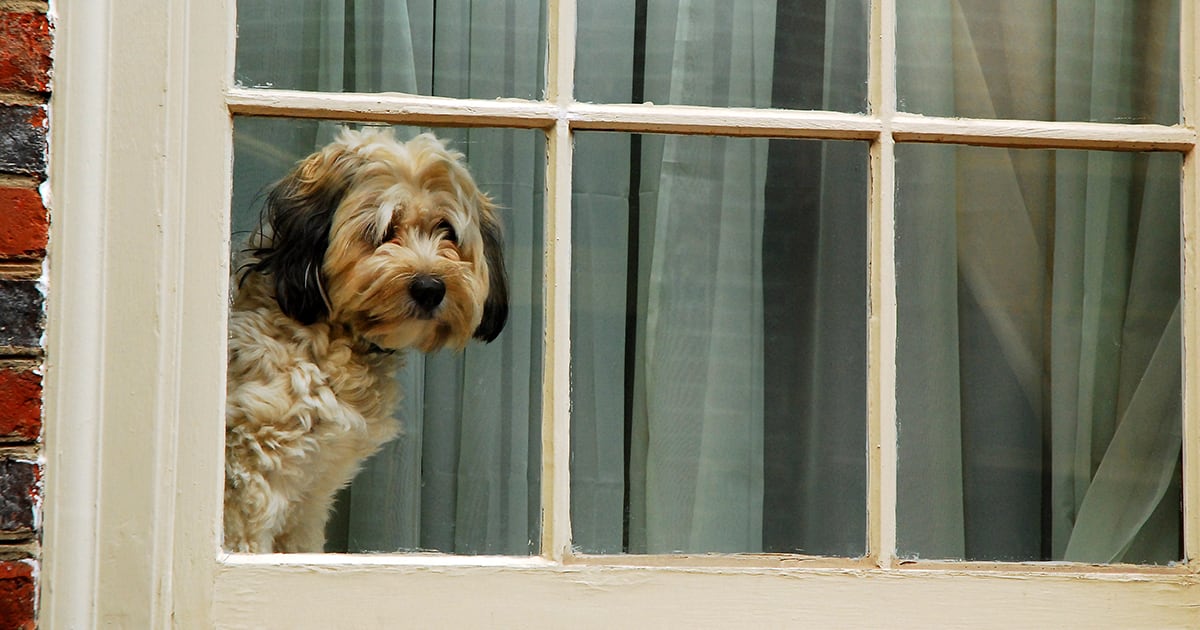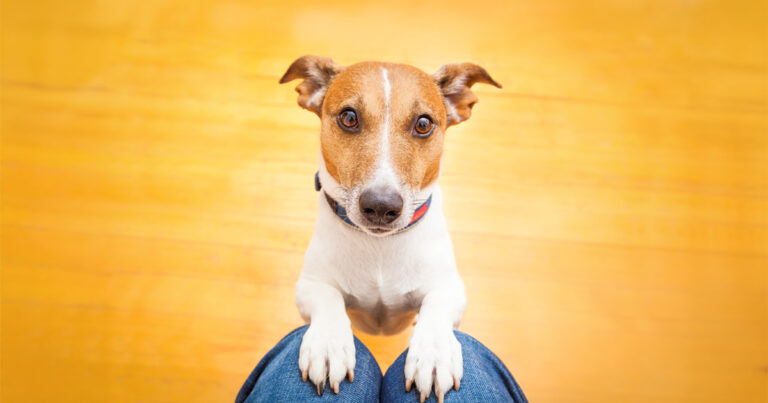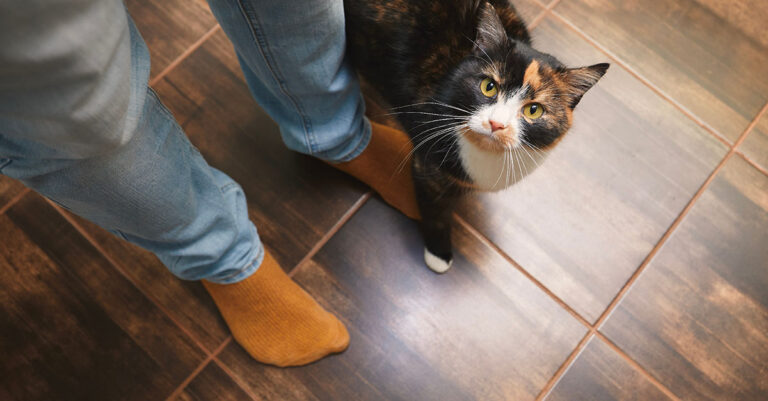“Rescue Me” is a recurring column by Samantha Randall, editor-in-chief at Top Dog Tips. She’ll provide personal anecdotes and perspective about her life as a pet lover with a passion for cat and dog rescue. Today, she discusses what happens when your newly adopted pet deals with you going back to work.
If you’ve recently adopted a new dog because you had more free time or possibly just spent more time with your existing furry family members, it may be hard for your pets to adjust if you have to suddenly work more or go back to school. After all, they don’t understand why you were staying home; they just know how much they loved it!
Helping your pet adjust to this change may be more difficult than you think. While some dogs will easily go back to business as usual, others may develop symptoms of separation anxiety or just act out for a couple of weeks until they get used to the regular routine. The best thing that you can do for your pooch at this time is to provide a gradual transition and plenty of things to occupy them while you’re out of the house.
Follow these tips to help your pooch adjust to being home alone once you return to work or school for whatever reason.
A Gradual Transition
Start leaving your dog alone for short periods of time before you have to go back to work. Go for a walk or run a few errands while leaving your pup behind at home. Begin by leaving them alone for 30 to 60 minutes at a time. If this seems to go well, leave the house for a couple of hours.
By allowing your dog to slowly get used to being alone, you could prevent behavior that will arise from the trauma of a sudden separation. It will also give you a chance to make sure that everything is going well before you have to leave for extended periods. You’ll have peace of mind, and you won’t have the surprise of coming home to a messy house after a long day.
Hire a Pet Sitter
If you can’t be home with your pets, why not hire someone to check in on them and help break up the loneliness during the day? If you can’t afford a full-time sitter, you can hire a pet sitter for a short period of time to help your dog adjust to this new routine. This is especially helpful if you have a young puppy or a very active dog.
Provide Mental Stimulation
This tip is a must for every dog. No matter what breed, age or size, every dog needs proper mental stimulation. You can leave treat-dispensing toys or puzzle toys to keep your dog entertained while you’re away from home. There are even electronic toys available that will get your dog up off the couch and engaged in a fun game.
The number-one reason that dogs are destructive when left alone is because they are bored. Think of how you felt when you were stuck in the house all day. It’s fun for the first couple of days, but then you just get bored. Your dog feels the same way.
Providing a variety of mentally stimulating toys and switching them out frequently will ensure that your dog has something entertaining to do while you’re at work. If your dog is a chewer, you should also provide a variety of chew toys. Supplying Fido with veterinarian-approved bones and edible chews is another great way to keep them engaged when you’re not at home.
Burn Energy Before You Leave
If your rescue dog has a lot of energy, you’ll need to be sure to spend some time playing with them before you leave the house for the day. Set aside 30 to 60 minutes each morning to spend with your pup. You could take them for a walk, play a game of fetch or spend time at your local dog park. Giving them an outlet to release their energy is a good way to ensure that they’ll be too tired to get into trouble while you’re gone.
Consider a Pet Camera
There are many different types of pet cameras on the market. Some offer treat-dispensing capabilities, two-way audio that allows you to talk to your dog and notifications sent to your cell phone if your dog barks when you’re not home. These cameras are an excellent way to keep tabs on your pet when you’re at work.
If you notice signs of anxiety or stress in your new pal, you may need to take a more drastic approach. There are products available to help dogs suffering from separation anxiety, and your veterinarian would also be a great resource. If it’s a mild case of anxiety, crating your pet while you’re away may solve the problem. If it’s a severe case, your vet may prescribe a medication to help ease the symptoms.
Whatever you do, be patient and understanding. Your dog needs time to adjust to this new routine, and some dogs adjust faster than others. With a little time, your dog will get used to your new schedule.







